The letters of sign language could play a brilliant role in helping deaf and hard-of-hearing individuals communicate across several cultures. Although each country could use the unique sign system, most people have the manual alphabet, which is a set of hand signs used to represent the letters.
These types of alphabets are helpful for spelling out names, unfamiliar places, or words. This post is all set to explore sign language alphabets from around the world, including the American, French, British, and international sign language signs.
Part 1: What is a Sign Language Alphabet?
So what's the alphabet in sign language? A set of hand movements used to represent each letter of a written alphabet is known as a sign language alphabet, or manual alphabet.
These sign language alphabets could be commonly used in finger spelling to spell out the words that don't have a sign.
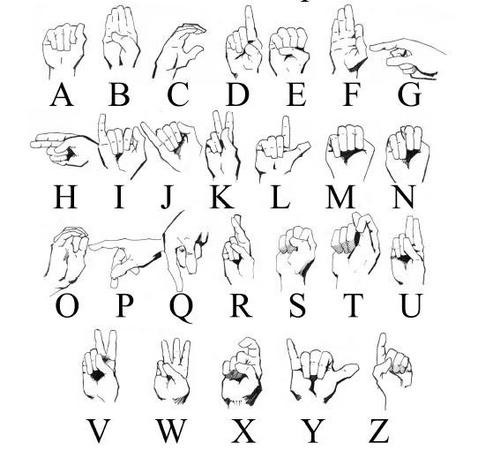
Key features of Manual Alphabet
-
Each letter comes up with the unique movement or handshape.
-
It is utilized for appropriate words or nouns that do not have specific markings.
-
Alphabets could be varied by country or region
-
While some people use two hands, like BSL, others use just one, like ASL.
Understanding these types of alphabets helps you to bridge the gaps in global communication among sign language users.
Part 2: American Sign Language (ASL) Alphabet
The American Sign Language alphabet relies on one-handed finger spelling and is commonly used in parts of Canada and the United States. If you're looking to learn how do you sign the alphabet in sign language, ASL could be a brilliant place to start.
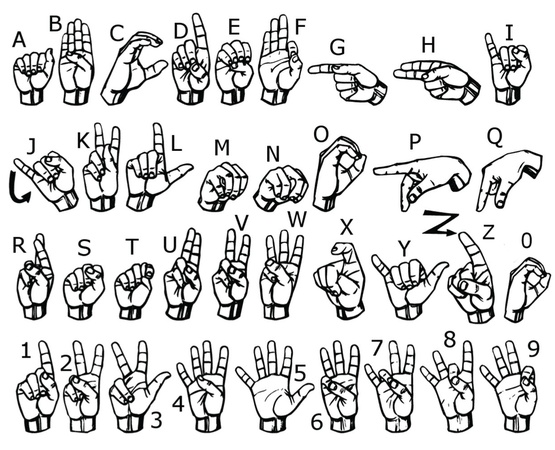
How to sign the ASL Alphabet?
Each of the 26 letters in the English alphabet corresponds to a distinct hand gesture. For instance, a letter A is purely made by curling the fingers into the first position with the thumb resting alongside. The letter B is represented by the fingers upward with the thumb folded acess the palm.
Learning these types of gestures could take practice but with the visual aids and repetition, you might memorize them effortlessly. ASL is also helpful in spelling out the technical terms, places, and names not commonly signed.
Part 3: British Sign Language (BSL) Alphabet
British Sign Language is totally different from ASL, despite both of them being used in English-speaking countries. If you're wondering how to do the alphabet in sign language in the UK, BSL asks for two hands instead of one. You can look at the comparison of the key differences between the BSL and ASL Alphabets.
| Feature | ASL | BSL |
|---|---|---|
| Hand Usage | One-handed | Two-handed |
| Alphabet Similarity | English letters | English letters |
| Regional Use | U.S., Canada | UK, parts of Ireland |
| Common for Finger Spelling? | Frequently | Less frequent; more pictorial |
Part 4: French Sign Language (LSF) Alphabet
The French Sign Language alphabet (LSF) is another one-handed system that has hugely influenced many global sign languages, including the ASL. In order to depict the French alphabet in sign language, LSF finger spelling typically uses smooth hand gestures and shapes. It is used in the Francophone and in France for unfamiliar terms.
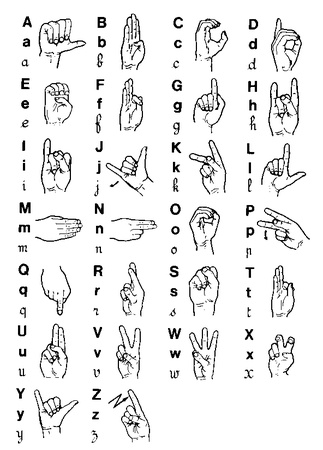
Part 5: International Sign Language Alphabets
International sign language signs are a brilliant way to bridge communication gaps during global events, conferences, and online interactions where deaf individuals from different parts of the world gather. Despite the lack of a globally recognized standardized international sign language alphabet, International Sign (IS) may function as a kind of universal pidgin language.
It is not a fully equipped language but a simplified and blended form of the signs from the multiple systems that tends to draw heavily from the Gestuno, French sign language, and American Sign language.
Although IS isn't governed by any one institution officially, IS is widely used during the events like global educational seminars, Deaf Olympics, and United Nations Deaf Conferences, and global educational seminars. For finger spelling, users tend to default to the ASL Alphabet provided its one-handed structure and simplicity.
However, depending on the participants' origins, you could also see the signs adapted from the LSF, BSL, and other native systems. The International Sign Language Signs System is evolving through collaboration, increased global exposure, and community feedback.
Part 6: How to Learn Sign Language Alphabets
Learning the sign language alphabet remains the rewarding first step toward mastering the sign language as it becomes more inclusive in communication. Regardless of whether you're learning the LSF, BSL, ASL, or other versions, here is a list of some proven strategies to help you learn more effectively and faster.
1. Start with a Printable Alphabet
The hand sign chart can be downloaded or printed, then placed in a prominent location for regular examination. This aids in strengthening your visual memory of every letter.
2. Practice in Mirror
Signing in front of the mirror helps you to see your own handshapes before correcting them in real time enabling you to improve the accuracy.
3. Use Sign Language Apps and Games
Interactive apps like Sign School or ASL app offer gamified lessons, progress tracking, and daily practice.
4. Watch YouTube Tutorials and Deaf Creators
You could search for the video lessons that feature how to sign the alphabet in sign language, including the breakdowns from the deaf educators and native users.
5. Finger Spell Daily Items
Spell your name, city, or daily objects like phone, pen, or book to build the real connections to signs.
6. Join a Sign Language Clip or Course
Offline and online communities tend to provide peer feedback and structured learning, which could end up boosting fluency and confidence.
7. Label Household Items
It is recommended to attach the cards with the finger spelled versions to the items in the house, as this is bound to reinforce word recall and will encourage daily interaction with the signs. With the daily exposure and repetition, learning the letters of sign language could become second nature.
Remember, consistency is more important as over time you'll be able to finger spell fluidly and will help other to start their journey into sign language.
You may also like:
Easiest languages to learn for English speakers
Conclusion
Knowing about the sign language alphabet tends to give you access to the most expressive and beautiful form of communication used worldwide. From ASL and BSL to LSF and international sign language signs, each system tends to reflect the linguistic history and unique culture. With the consistent efforts and right learning tools, you'll surely be able to master the letters of the sign language along with building connections across the communities.
Leave a Comment
Create your review for BlipCut articles





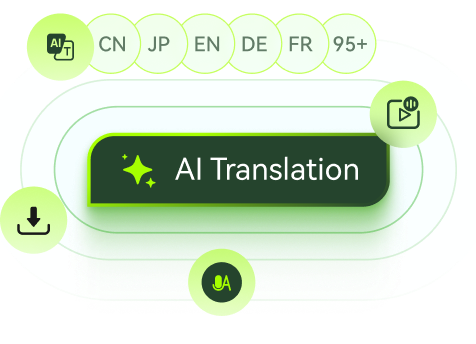
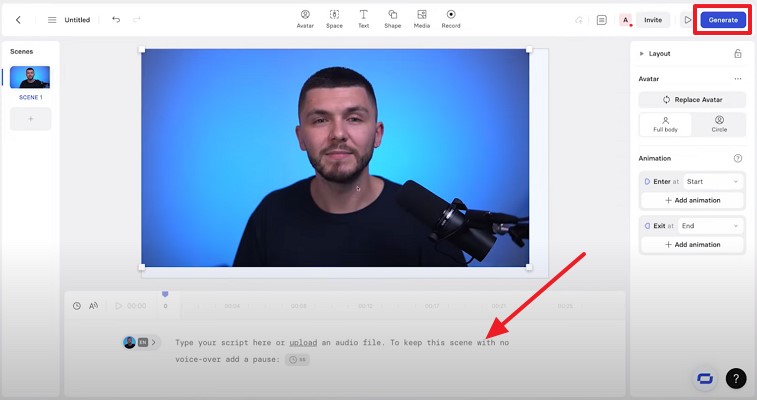
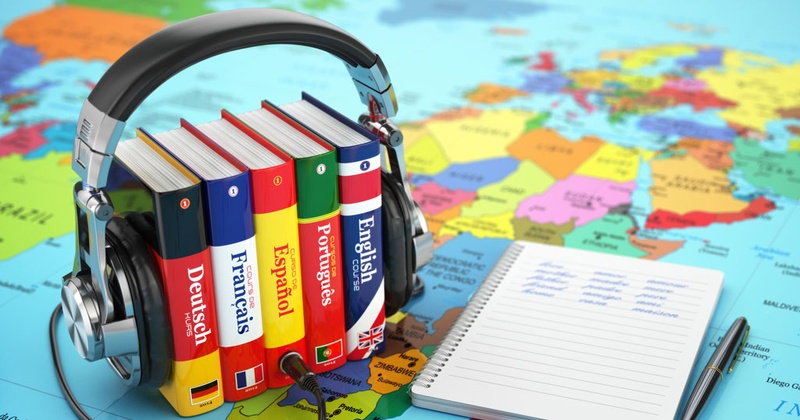
Blake Keeley
Editor-in-Chief at BlipCut with over three years of experience, focused on new trends and AI features to keep content fresh and engaging.
(Click to rate this post)